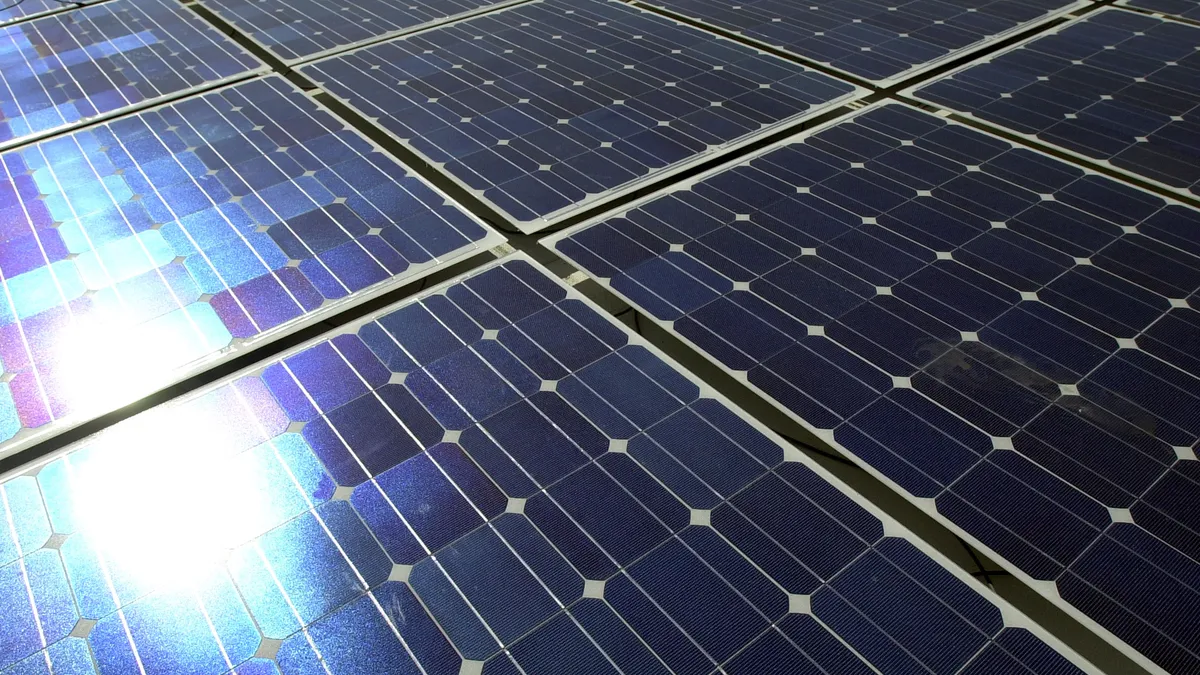Dive Brief:
- Solar paneling on the roof of 60 New York City public schools is helping the city reach a goal to generate 100 megawatts of solar power a year by 2025, the New York Daily News reports.
- The program is linked to a partnership with nonprofit Solar One, an education and jobs training organization that is also delivering job training focused on the solar energy industry to students, as well as professional development to teachers.
- Some students involved in the Solar One initiative are also able to shadow solar panel workers as they complete installations. These partnerships can help students develop vocational skills, along with the confidence to pursue future endeavors.
Dive Insight:
Through hands-on learning, educators can expand their curricula, sparking students’ passions or interests by linking subjects to examples that can be found in the real world. By weaving these different topics into science and engineering subjects, educators can enliven STEM learning in classrooms. That could include looking at events happening in the news, such as the recent launch of the James Webb telescope, or showing students how to care for an on-campus beehive.
Hands-on learning can also be student-driven. Children in Columbia Public Schools in Missouri, for example, learned about recycling by studying trash they collected from the cafeterias and classrooms in their schools. Likewise, the Edible Schoolyard Project in Berkeley, California, teaches children about biology by having them grow vegetables — and they get to eat what they've cultivated, as well.
K-12 schools can consider partnering with nonprofit organizations, colleges and universities for help in bringing other real-world opportunities to classrooms. For example, students at Colorado’s Aurora Science & Tech Middle School are participating in a COVID-19 research study and will eventually learn about the results directly from researchers.
Schools have also partnered with private industry to offer CTE courses, such as solar panel installation programs, delivering useful hands-on science learning while equipping students with a marketable vocational skill, setting them up for potential careers in growing fields when they graduate.





 Dive Awards
Dive Awards






